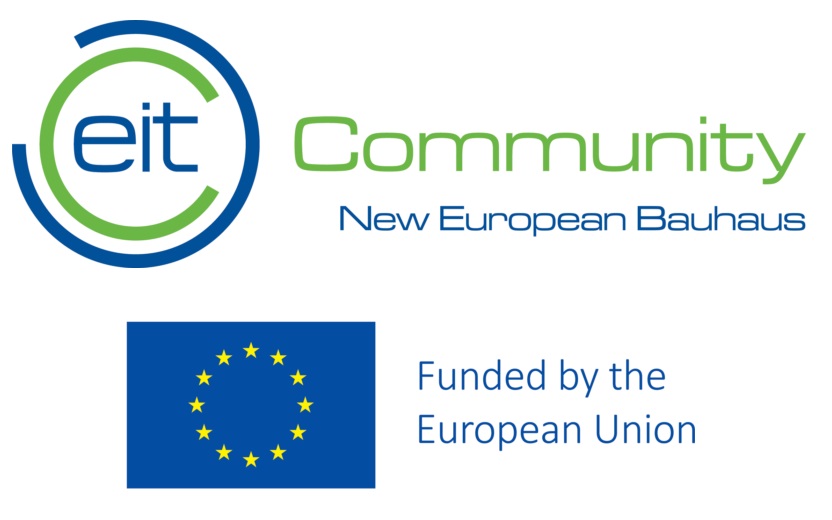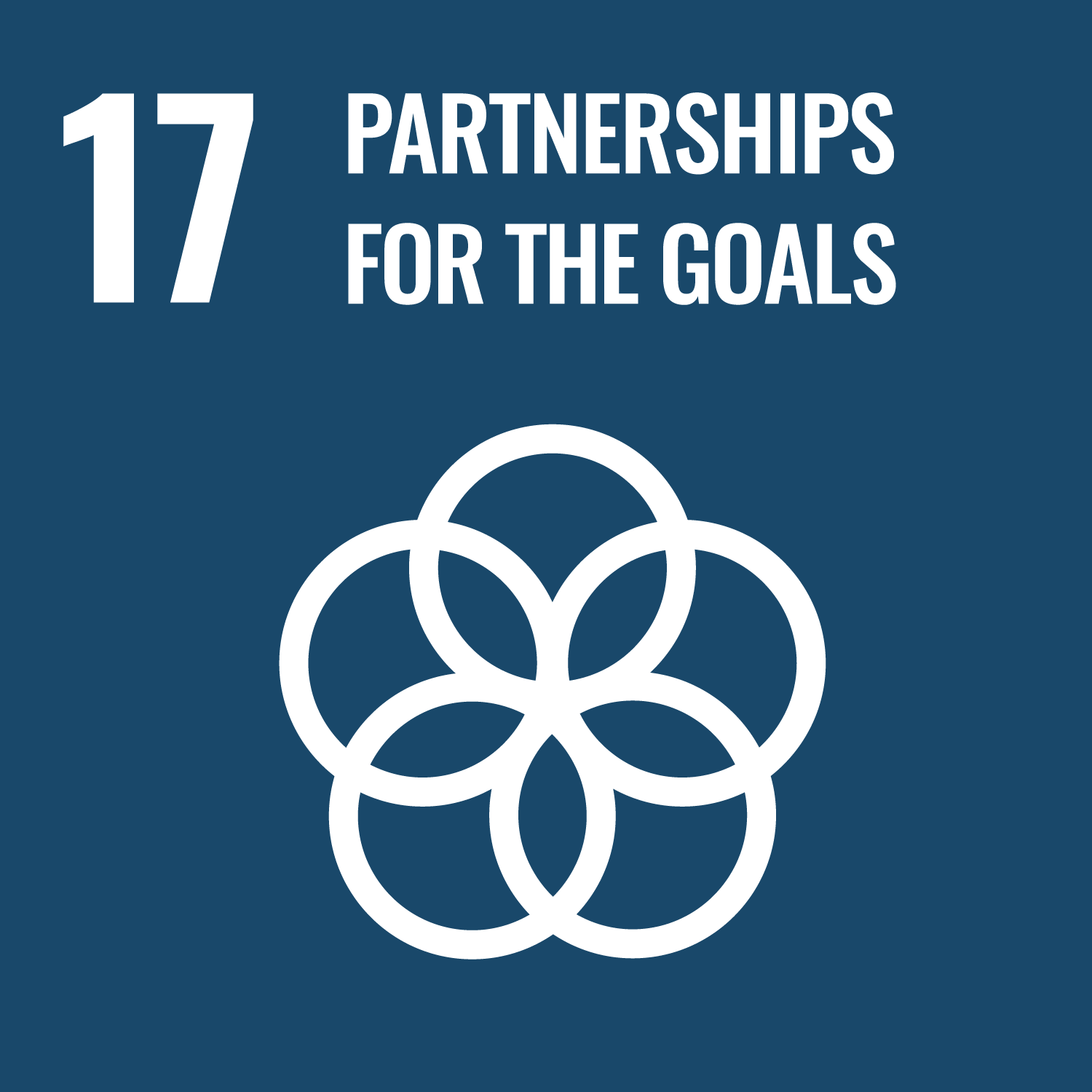A guide to designing playgrounds for autistic children created in collaboration with UOC researchers has received an award from the EU
The manual helps replicate innovative designs and highlights the challenges faced by autistic childrenThe project has received an Honorary Mention from the European Union Prize for Citizen Science

The Play AUT the Box (PAtB) project for the design of inclusive play areas and playgrounds for children with autism has just published the AUTDesign Playkit guide online. This is a comprehensive design manual that explains in detail how to create innovative designs and highlights the challenges faced by autistic children. PAtB, a project led by Blanca Calvo and Raquel Colacios, two researchers at the UOC (Universitat Oberta de Catalunya), has been given an honorary mention by the European Union Prize for Citizen Science.
The researchers explained that the manual enables users to replicate and customize innovative designs such as Box AUT, an adaptation of the "shipping-container playrooms" you can find in Barcelona's public spaces, and the Games AUT pilot. The project prioritizes a community that has been traditionally neglected in public policies and initiatives.
“Autistic children have potential challenges on playgrounds, including those related to how games work, not understanding how to play them, or lacking the psychomotor skills needed to use them”
"The website is both one of the channels in which we highlight this community and the platform where everyone can find the documents we have created as a result of the project. We'd like it to become a place where people can share initiatives, experiences and knowledge about public space and autism," said Blanca Calvo and Raquel Colacios of the Urban Transformation and Global Change Laboratory (TURBA Lab), which is part of the Internet Interdisciplinary Institute (IN3). PAtB came about as a result of the ASD Publics (Activating Spaces with neuroDiverse Publics) project, which is funded by the New European Bauhaus initiative and aims to improve public spaces, with a particular focus on public playgrounds, for children on the spectrum and in collaboration with them and their families and carers, by developing methods to inform urban planning professionals and public officials about the difficulties faced by these children in such spaces and how they can be mitigated.
From research to prototype
As Calvo and Colacios explained, "one of the problems we identified was the incompatibility between the design needs of games for autistic children and the design requirements of play items in public spaces in terms of maintenance, and so on. The project was created to develop play infrastructures with and for children on the spectrum, designed as non-fixed playing equipment for open and managed public spaces – such as Barcelona's Espai de Joc 0-99 play area – based on a co-creation methodology involving families, experts, therapists, designers and carpenters." This collaboration resulted in a prototype for a green and inclusive outdoor playroom, Box AUT, and six prototypes of inclusive games, Games AUT. Just like "outdesigning" means "designing better", Play AUT the Box introduces the concept of "AUTdesigning", in which designs that truly embrace the autistic community are prioritized. The platform contains all the documents of the project, and visitors can share initiatives, experiences and knowledge about public spaces and autism.
The AUTdesign PlayKit is an open-source document that explains how each prototype is meant to be played with and provides step-by-step instructions to make it. It also includes ideas for possible adaptations and, most importantly, it explains the logic behind the design. The aim is to reach a very wide audience rather than just designers, game makers, carpenters and maker labs. To do this, it uses very accessible language that can be easily understood by autistic children's families, teachers, monitors, play space managers and any other stakeholders.
From challenges to solutions
The main challenges faced by autistic and other neurodiverse children in play spaces are social in nature. This is due to the general public's ignorance and lack of awareness about autism. When it comes to playing, "possible challenges include, among others, those relating to the way the games work, i.e. not understanding how to play them, or lacking the necessary psychomotor skills to use them. Another challenge relates to understanding social norms: waiting, taking turns and sharing. Children on the spectrum have a tendency to suddenly run away, so safety is one of the most important challenges. Accessibility for both children and their companions is also very important: if a child needs to leave the play infrastructure at any time, they should be able to do so easily, and the adult should be able to help. Autistic children also get bored easily, especially if they're not interested in that particular type of play, so they need to keep changing what they're doing," said the two researchers.
One of the solutions to these challenges provided by Play AUT the Box is the fact that the games co-designed by families and experts are accessible and include pictograms to help children understand how they work. In addition, they help develop psychomotor skills and are diverse, promoting environments that help these children regulate their emotions. Some of the games, such as Climb AUT and Block AUT, encourage children to do physical exercise, while others, such as Rock AUT and Squeeze AUT, help them calm down and relax when they are suffering from emotional dysregulation. In addition, each game is multifunctional, providing several ways of playing in order to hold children's interest for longer.
European award
This research project has been granted an award by the European Union. According to Colacios and Calvo, the honorary mention awarded to the project by the European Union Citizen Science Awards confirms the importance of the issue addressed by the project, raises public awareness of the need for inclusion in play spaces, lends its voice to publicize the initiative and recognizes the work and dedication of the families, organizations, experts and the community that have made the project possible. The Honorary Mention "highlights the importance of citizens in science, with particular emphasis on active citizen involvement in scientific projects, and serves as inspiration to continue to work on the creation of inclusive and sustainable designs," said the researchers.
Play AUT the Box is an interdisciplinary project, as it covers human and social sciences, urban planning, education, health and technology; the result of co-production, as it has involved social agents such as the autistic community, vocational course and doctoral degree students, and local administrations; and a transformative project designed to have a social impact. "In other words, it's been created and developed in accordance with the UOC's philosophy," they said.
In addition to the UOC, which has coordinated and organized the testing sessions, the Box AUT design and the production of documents and talks, the following institutions have been involved in the project: Aprenem Autisme (families and expert knowledge), IGAIN (expertise, co-design support and testing), Institut Escola Industrial de Sabadell (game design and manufacture), and Barcelona City Council with the Espai de Joc 0-99 play area.
This research supports the UN's Sustainable Development Goals (SDGs), such as 3, Good Health and Well-being, by promoting children's physical and mental health through outdoor play; 10, Reduced Inequalities in access to safe and inclusive play areas for children with autism; 11, Sustainable Cities and Communities, as the AUT Box encourages the creation of green and inclusive urban spaces that benefit the community as a whole; and 17, Partnerships for the Goals, as it has been carried out in collaboration with families, organizations and experts.

UOC R&I
The UOC's research and innovation (R&I) is helping overcome pressing challenges faced by global societies in the 21st century by studying interactions between technology and human & social sciences with a specific focus on the network society, e-learning and e-health.
Over 500 researchers and more than 50 research groups work in the UOC's seven faculties, its eLearning Research programme and its two research centres: the Internet Interdisciplinary Institute (IN3) and the eHealth Center (eHC).
The university also develops online learning innovations at its eLearning Innovation Center (eLinC), as well as UOC community entrepreneurship and knowledge transfer via the Hubbik platform.
Open knowledge and the goals of the United Nations 2030 Agenda for Sustainable Development serve as strategic pillars for the UOC's teaching, research and innovation. More information: research.uoc.edu.
Experts UOC
-
Member of the TURBA Lab research group at the UOC's Internet Interdisciplinary Institute (IN3).
-
Member of the TURBA Lab research group at the UOC's Internet Interdisciplinary Institute (IN3).
Press contact
-
Anna Sánchez-Juárez





